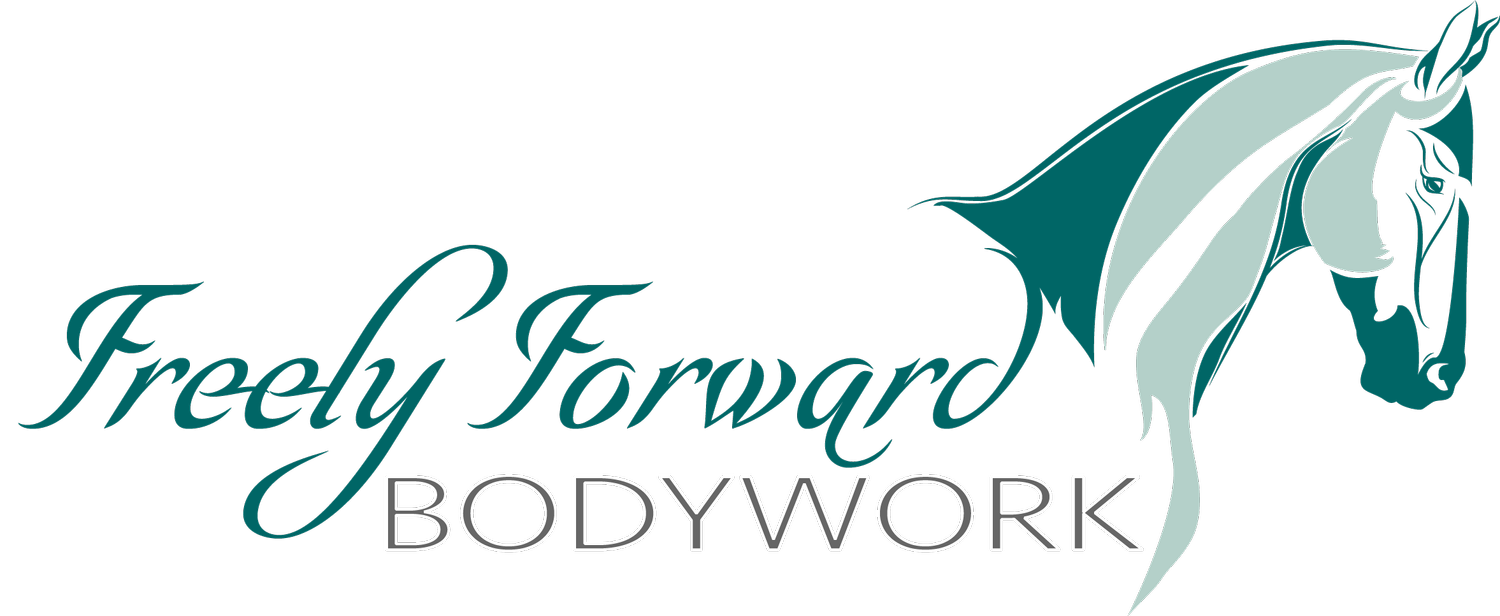If your Horse’s Inconsistent Performance is Leaving you Frustrated, this is for you
If your horse’s inconsistent performance is leaving you frustrated, this for you
I’m an equine massage therapist, and I hear this from my clients all the time: “my horse is great one day, then stiff and awful the next. I’ve tried different saddles, bits, and supplements, and they help for a little while, but nothing sticks.”
What they don’t know is that their horse might be struggling with something called Delayed-Onset Muscle Soreness (DOMS), which is often caused by overexerting muscles before they’re properly conditioned.
Here are some signs that your horse may be experiencing DOMS:
1. Sore to the touch muscles
Your horse may exhibit signs of discomfort when you groom them, such as pinning their ears, tossing their head, or biting at the air.
2. Reduced range of motion due to stiffness
Reduced range of motion can present in a few different ways. Your horse may require an extra long warmup to fully feel loose through their body, or they might feel stuck somewhere, like you can’t quite get them where you want them. It may also present as a simple feeling of tightness throughout their body that you just can’t work through.
3. Muscle fatigue
Have you ever felt like your horse was particularly lazy during a ride, or perhaps that they got tired quickly despite being in good physical shape? Both of these symptoms can point to DOMS.
Lucky, there’s a cure for DOMS: Massage!
Multiple scientific studies have proven that massage helps significantly decrease or even eliminate DOMS in horses and humans alike. According to a study from the National Athletic Trainers’ Association, “massage was effective in alleviating DOMS by approximately 30% and reducing swelling” (Zainuddin, et al, 2005). Another study performed for Frontiers of Physiology concluded that “muscle soreness rating decreased significantly when the participants received massage intervention compared with no intervention at 24 hours” (Guo, et al, 2017). There are plenty more peer-reviewed studies available, too, that emphasize the efficacy of massage as a viable tool to fight DOMS.
Massage will always benefit your horse, but timing can be key to maximize its effects, especially when it comes to treating DOMS. It tends to be most helpful for this purpose when administered after the workout, ideally within 48 hours of exercise.
Combatting DOMS is just one of the many reasons why it’s a great idea to learn how to massage your horse yourself. Taking matters into your own hands is such a powerful tool, and learning to massage your own horse is such a valuable skill set with myriad benefits. I’m a big proponent of preventative care, and massage is one of the best ways to get ahead of potential physical issues.
If your horse is in a downward spiral of soreness and pain, I can imagine how you feel– helpless and maybe even hopeless that you’ll be able to fix the issue. I want you to know, though, that it’s NOT a hopeless case, and you can absolutely still help your horse! I want to empower you to massage your own horse and leave behind muscle soreness for good, which will allow you and your horse to live up to your full potential.
If you’d like to try massaging your horse, I have a free introductory course for you! It teaches a simple but incredibly beneficial technique to help alleviate your horse’s lower back pain. Click this link to sign up!
https://www.freelyforwardbodywork.com/home#freebie
References:
Guo, J., Li, L., Gong, Y., Zhu, R., Xu, J., Zou, J., & Chen, X. (2017, September 13). Massage Alleviates Delayed Onset Muscle Soreness After Strenuous Exercise: A Systematic Review and Meta-Analysis. Frontiers. Retrieved February 27, 2023, from https://www.frontiersin.org/articles/10.3389/fphys.2017.00747/full
Zainuddin, Z., Newton, M., Sacco, P., & Nosaka, K. (2005, July). Effects of Massage on Delayed-Onset Muscle Soreness, Swelling, and Recovery of Muscle Function. Journal of Athletic Training. Retrieved February 27, 2023, from https://www.ncbi.nlm.nih.gov/pmc/articles/PMC1250256/
